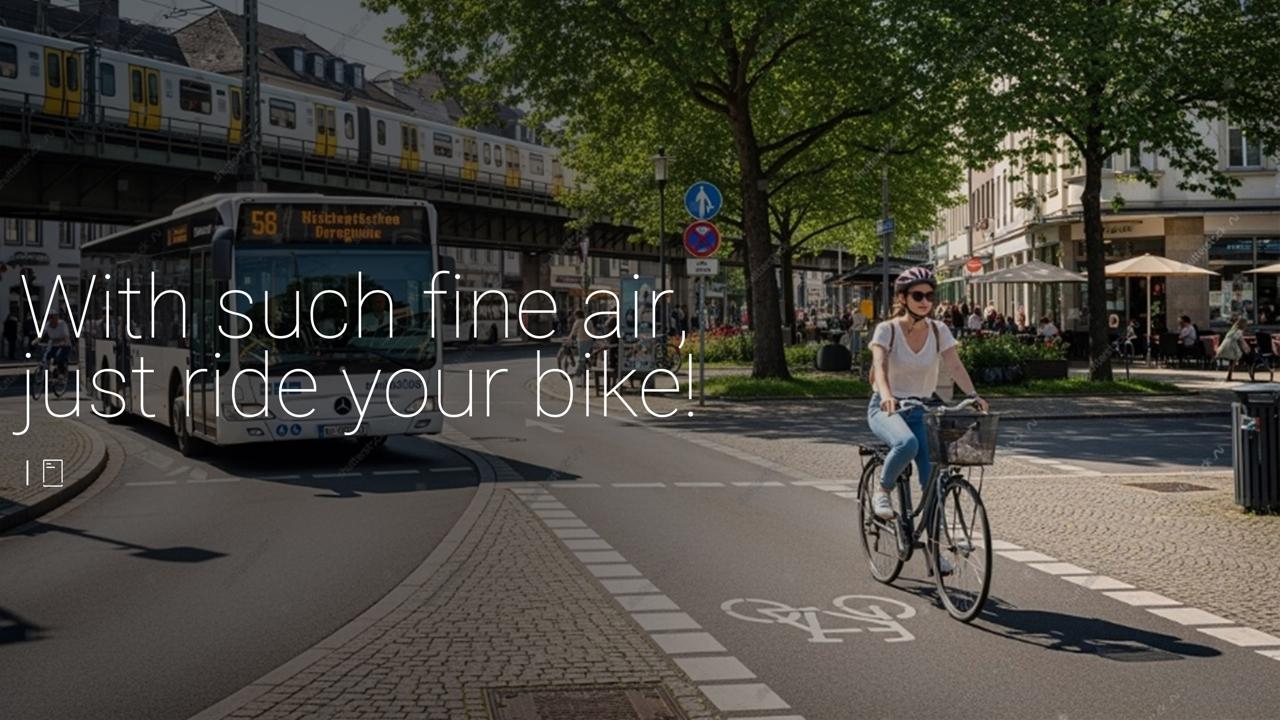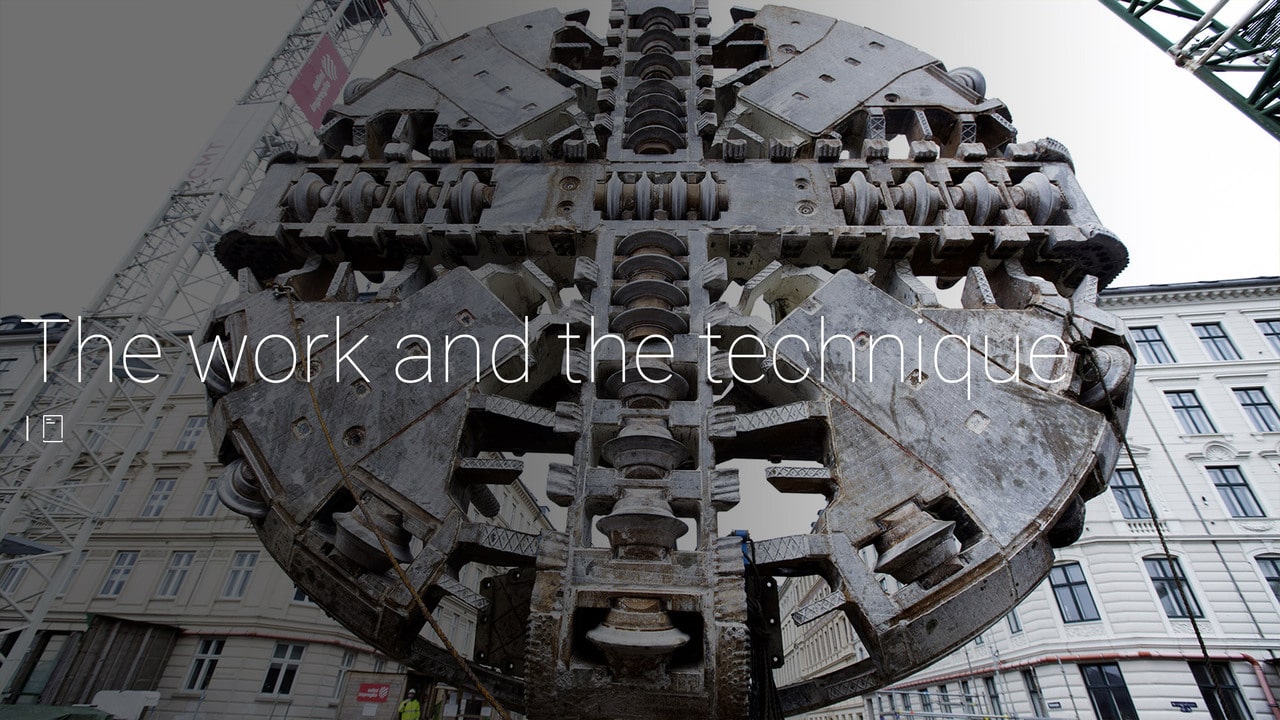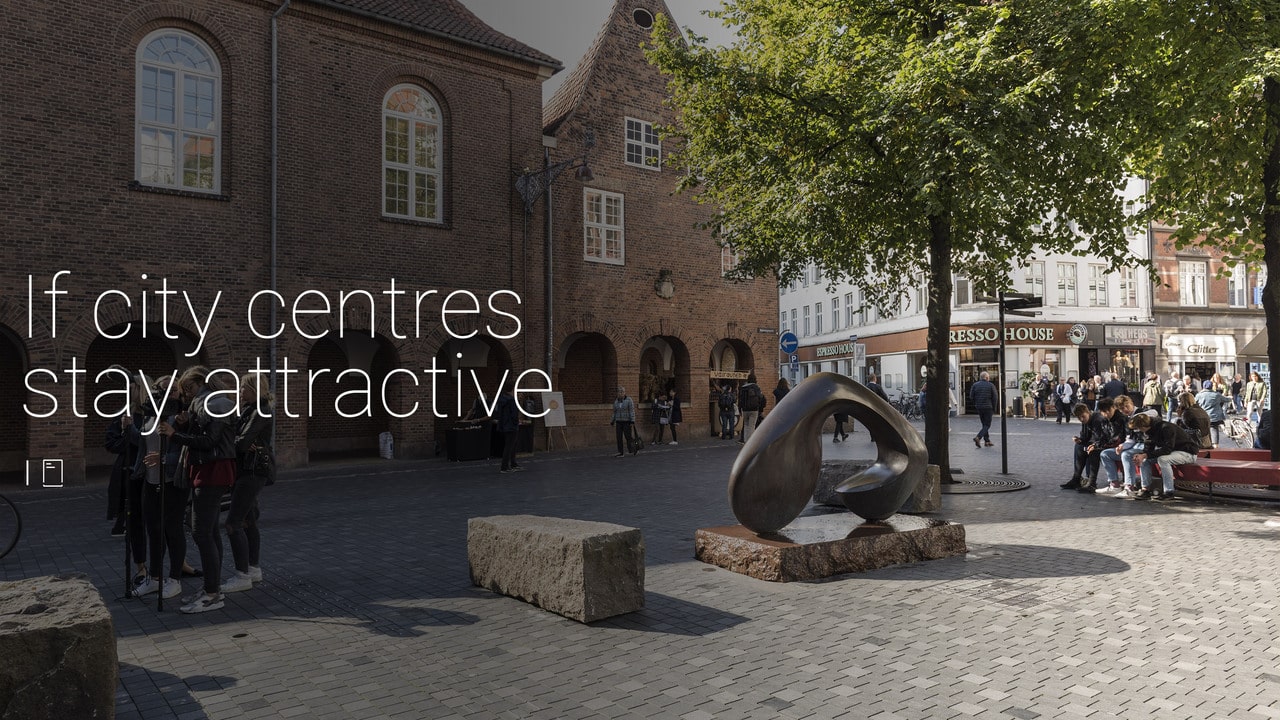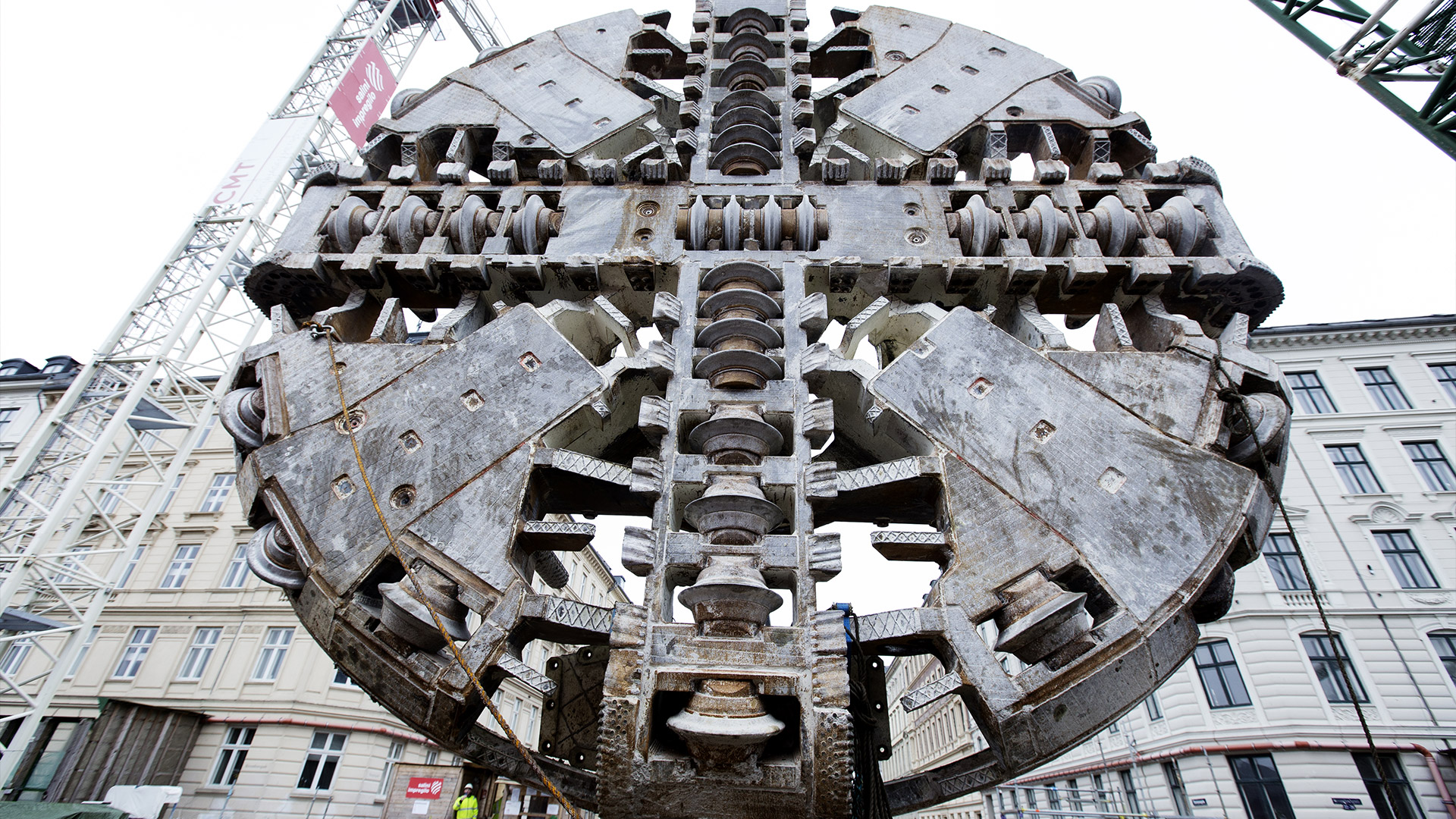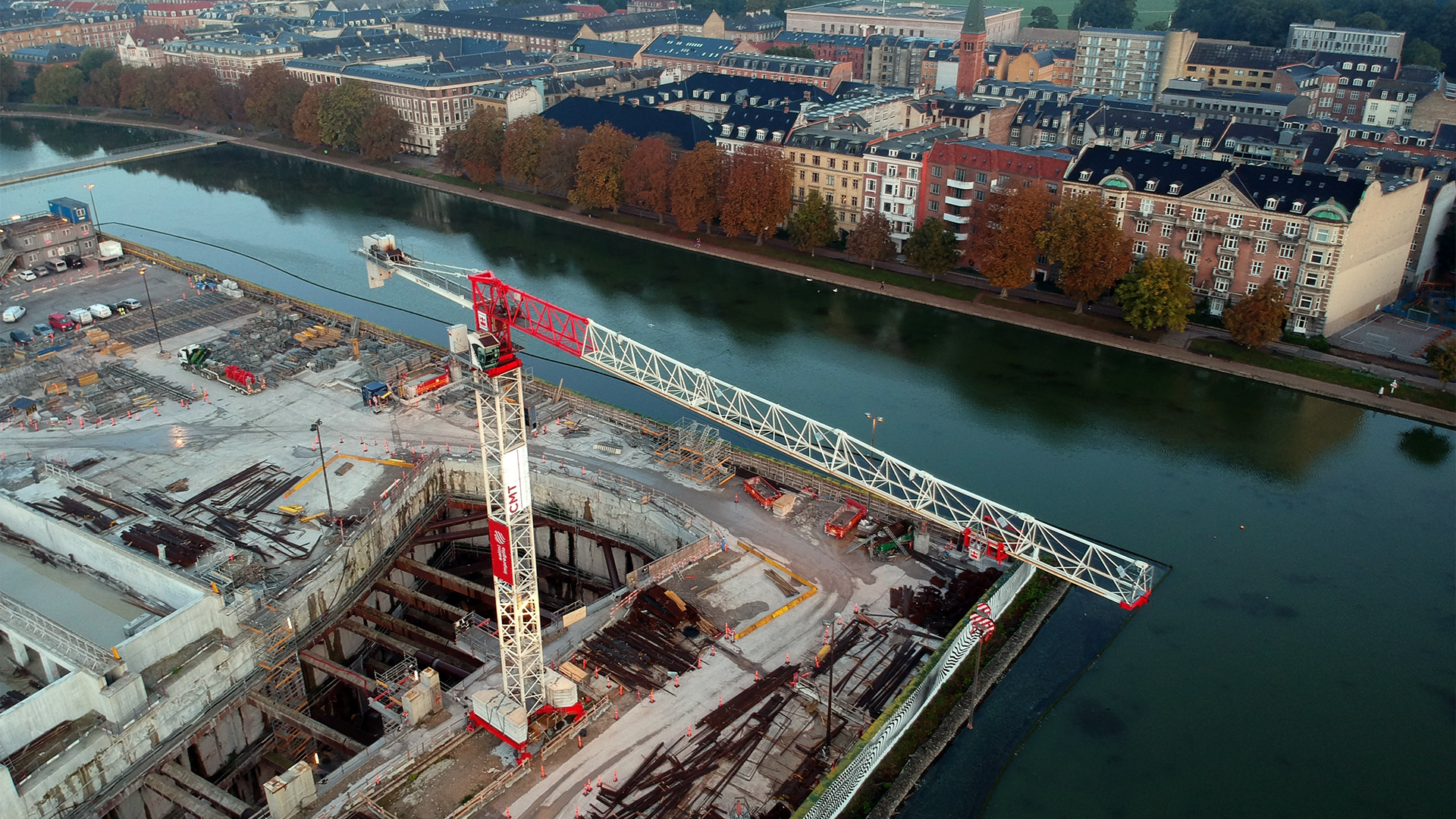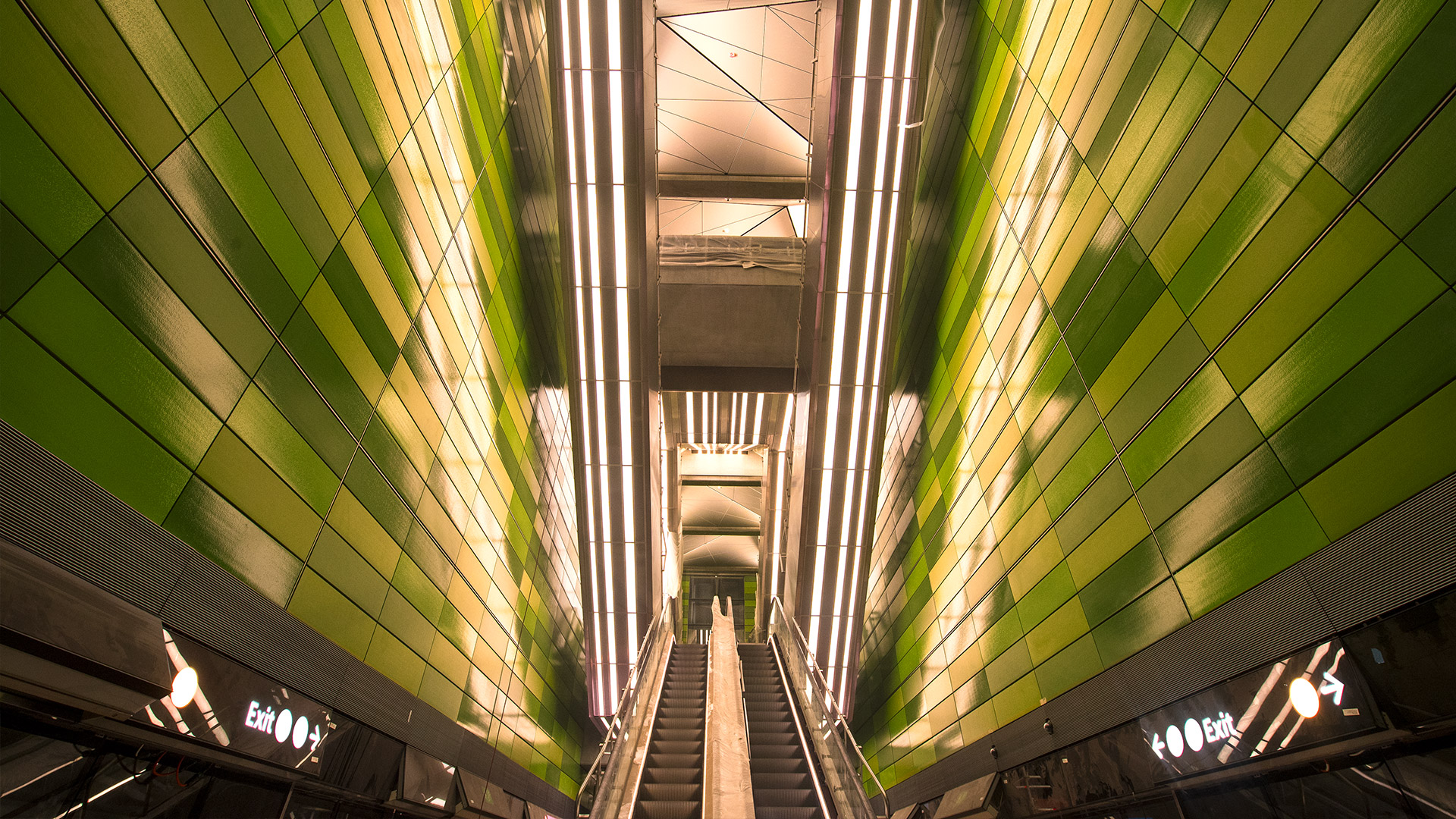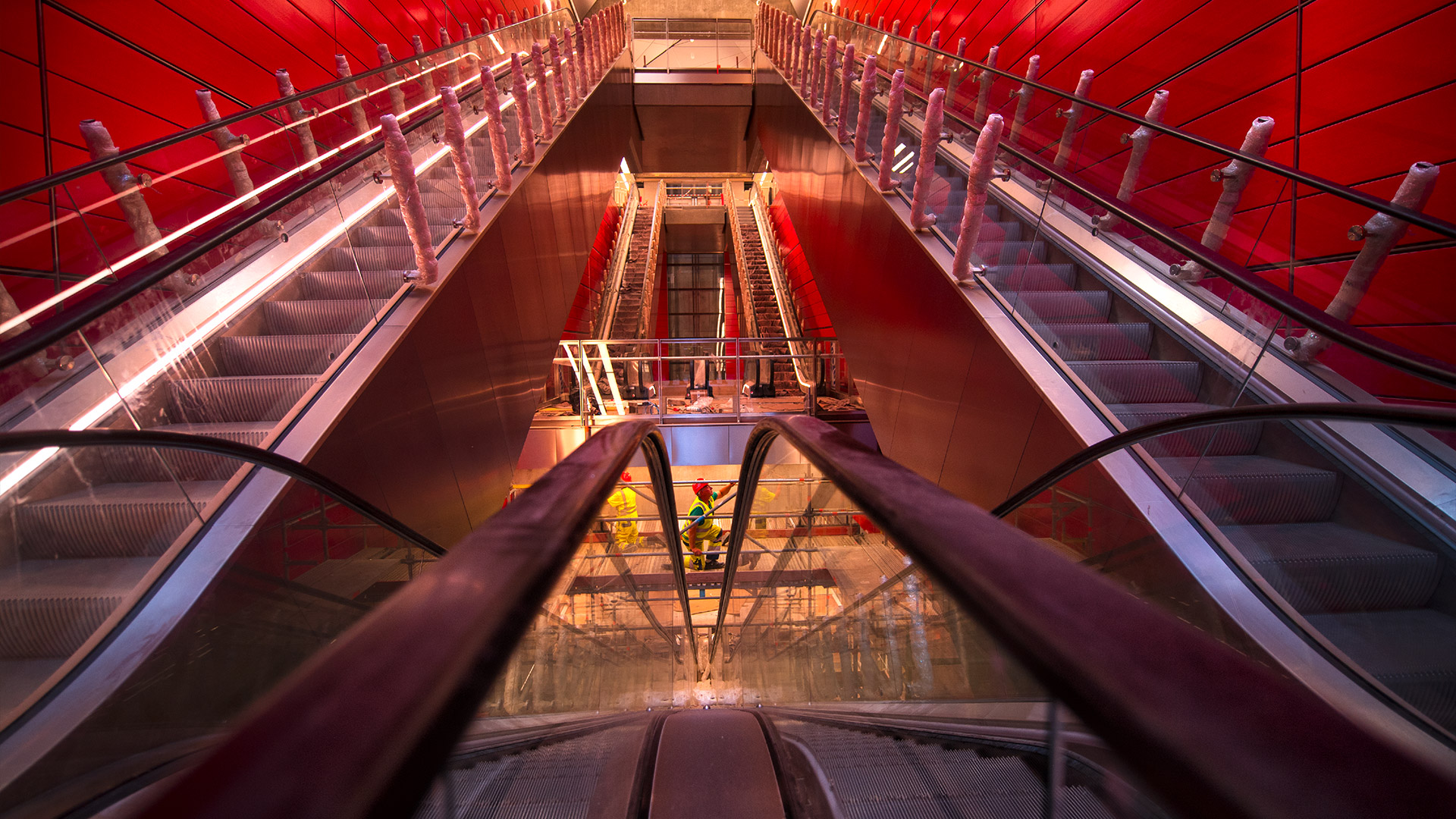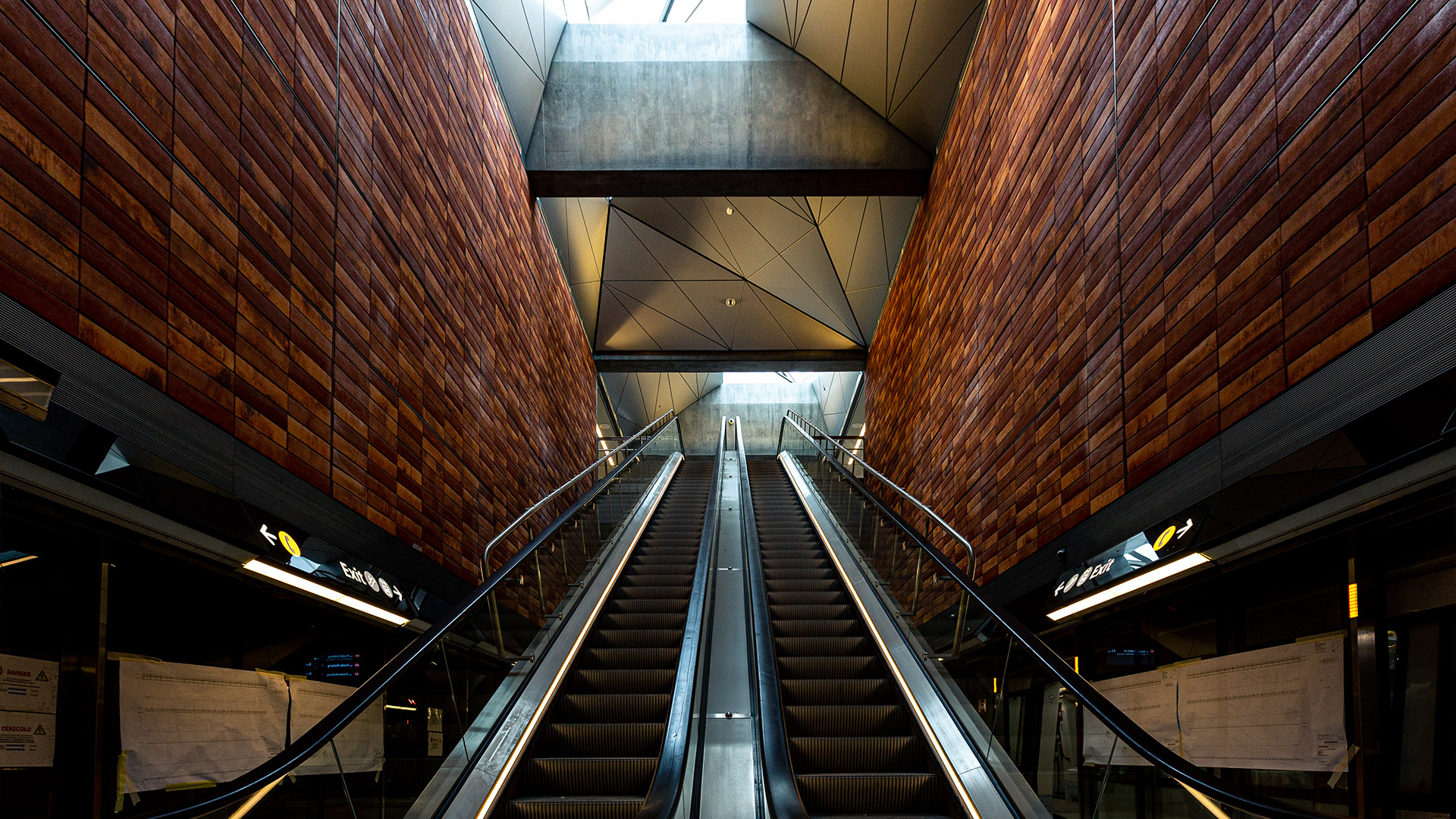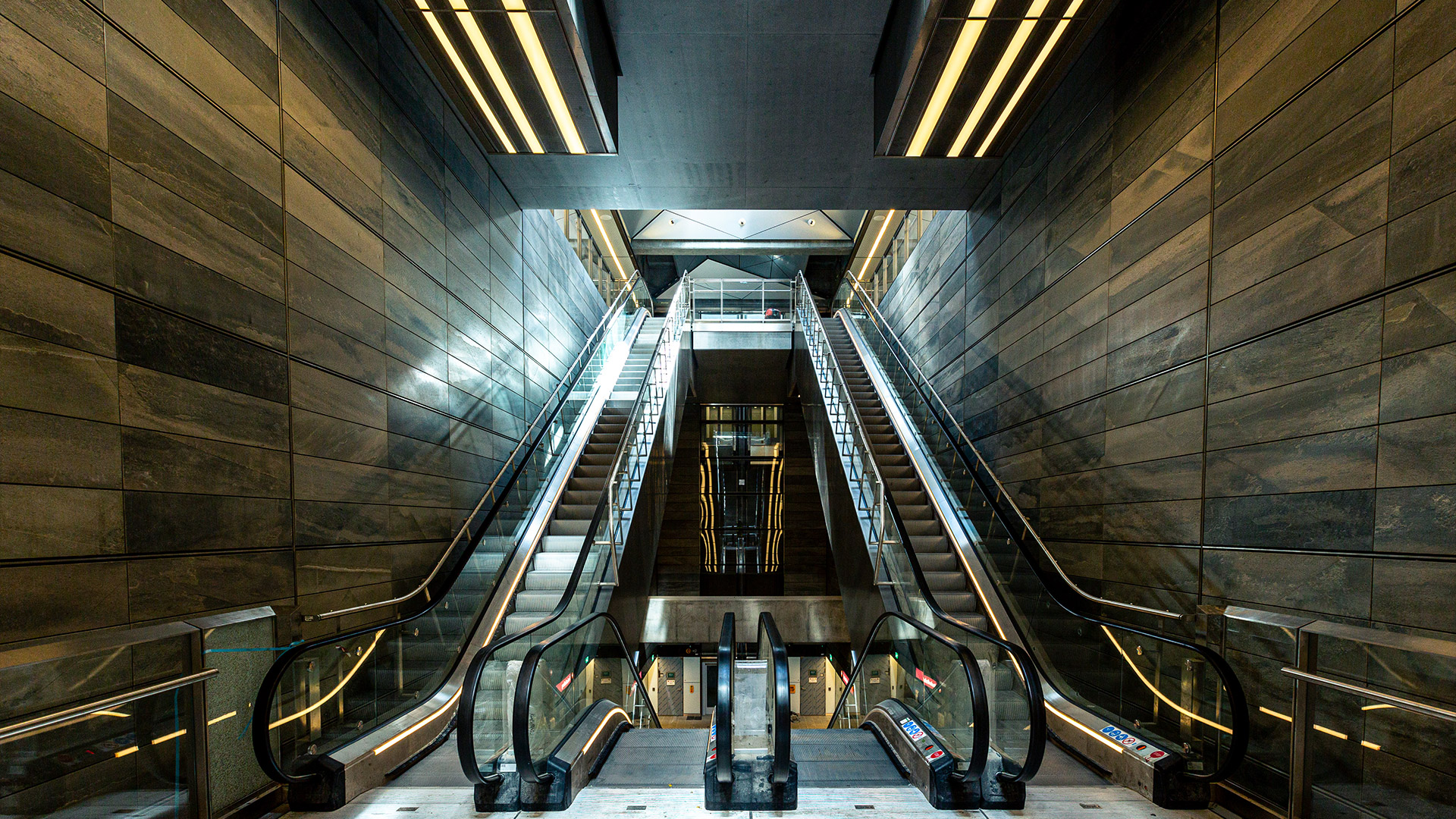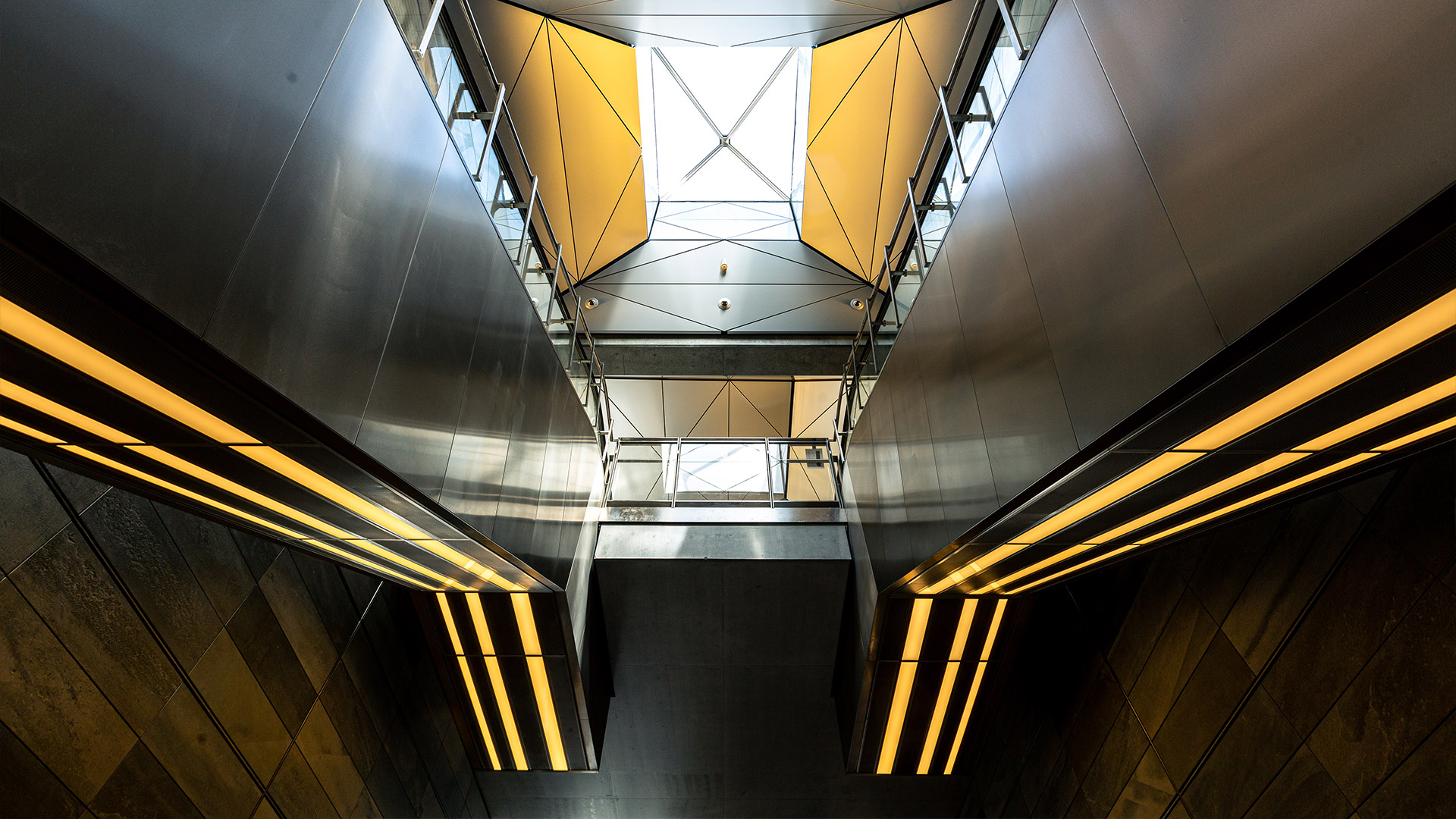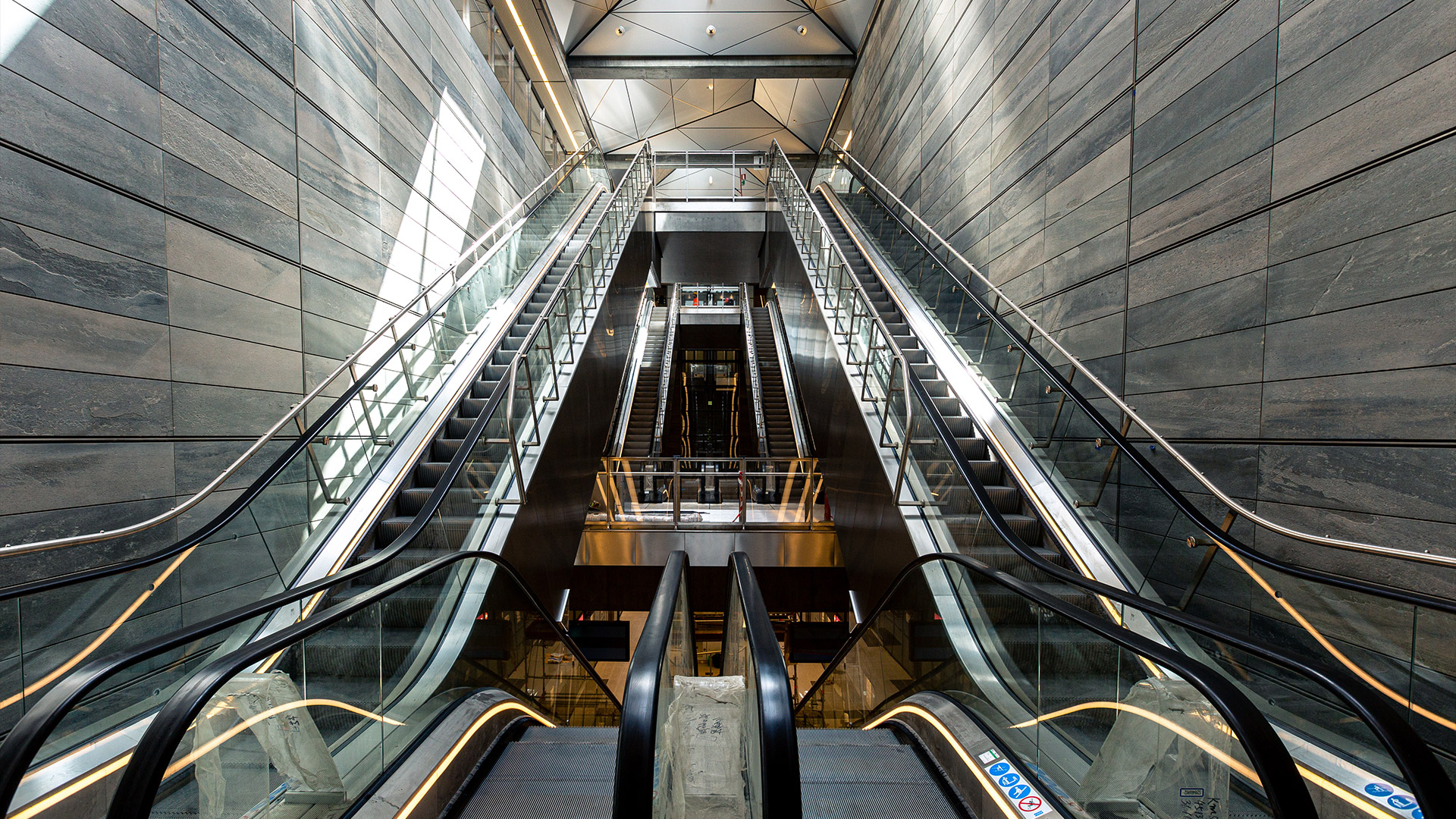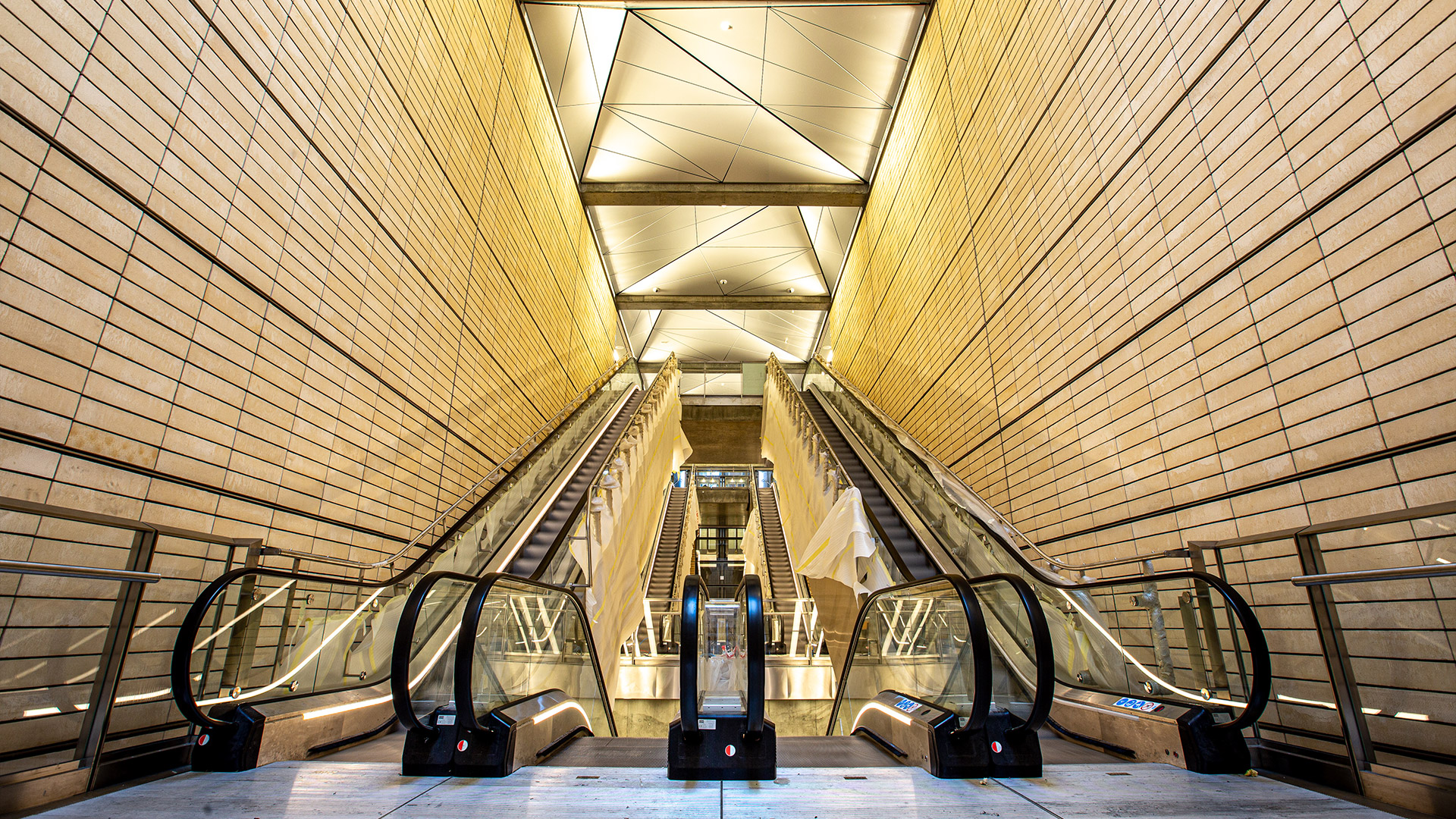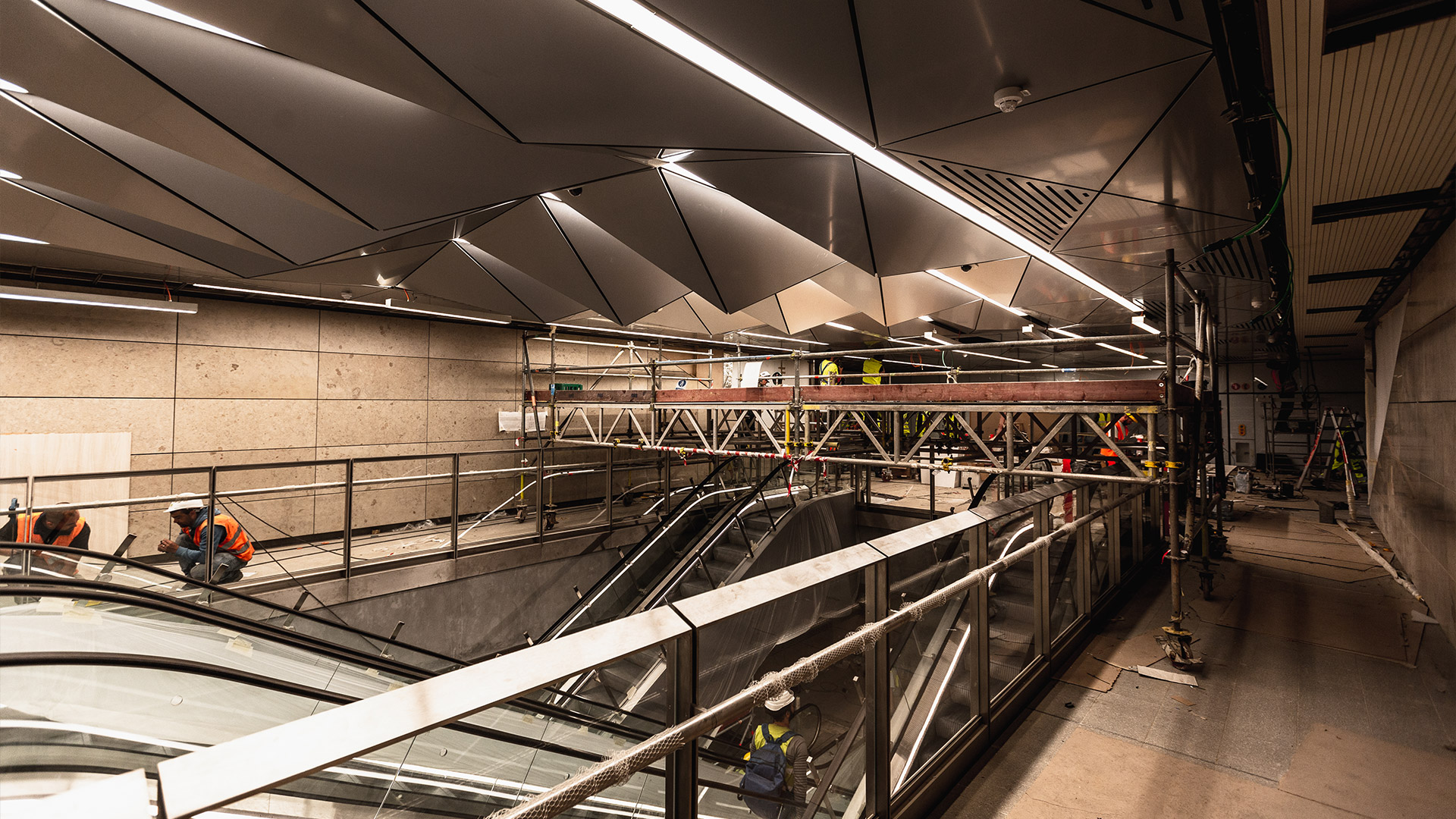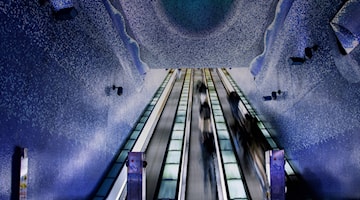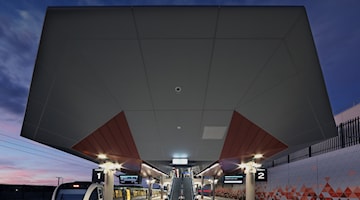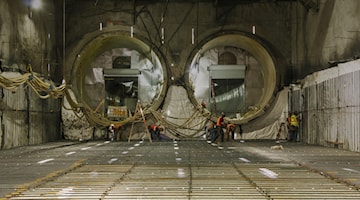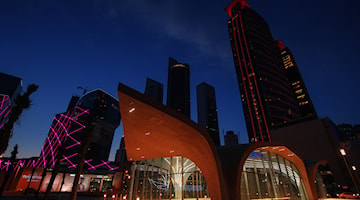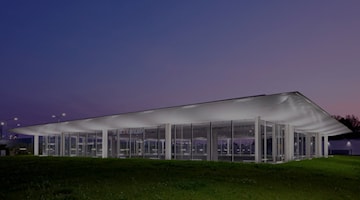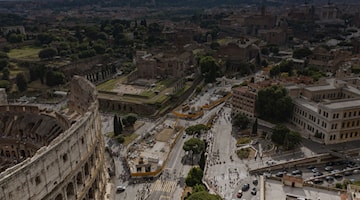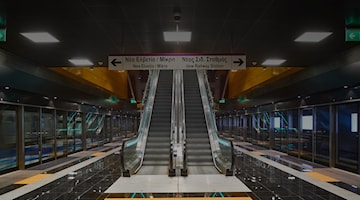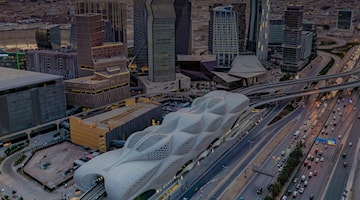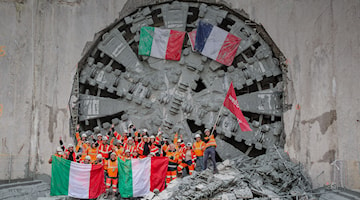A city that is just 24 minutes long
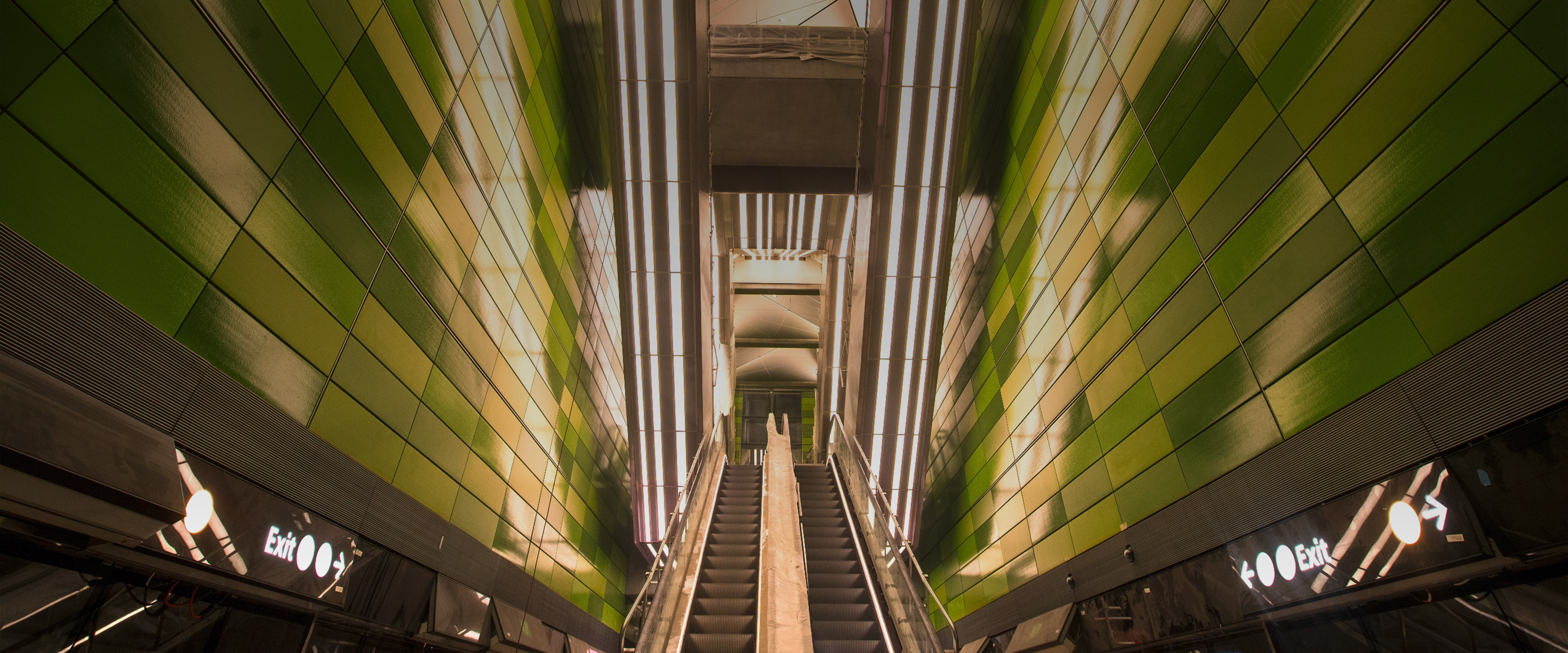
THE CITYRINGEN METRO, DENMARK
The city of the Little Mermaid and of the Tivoli Gardens, the world's second most ancient amusement park.
Its urban area sees 1,300,000 Danish people move around with 750 thousand bikes, greatly exceeding the number of cars: A remarkable achievement for a capital ranked among Europe’s greenest, now aligned with the national climate goal of becoming carbon neutral by 2050.
In October 2022, the reduction had reached 80%, which is already a good landmark, also thanks to Cityringen (one of the fundamental projects of the CPH Climate Plan 2025), the Line 3 of Copenhagen's Metro, which greatly contributed to this result. Built from 2011 to 2019, it includes a 43-km long circular route, 17 underground stations (approximately 30 metres underground) and two 15.5-km long tunnels.
Excavations took place mainly in limestone rock and glacial soils, in a densely populated urban centre, rich in historic buildings, including the Magasin du Nord (excavations were carried out up to 1.5 metres from its foundations). Numerous archaeological finds were discovered (some up to a thousand years old) during works. They were handed to Copenhagen's Museum. These include: ceramics, texture, foundations of ancient buildings and even bulwarks of an old port, making this the largest archaeological excavation in Northern Europe.
With Cityringen completed, 85% of residents lives at a maximum of 600 metres (10 minutes by foot) from a metro station or a railway station. Travelling along the entire line only takes 24 minutes, at an average of 40km/h. Up to 72 million passengers will be able to travel on it every year. Copenhagen, with its 4 metro lines has now become the «15 minutes city»: just fifteen minutes of intermodal mobility for one's main daily travel needs are now required. And, obviously, bikes can be brought on board the metro.

THE WORK AND THE TECHNIQUE
KM TOTAL LENGTH
STATIONS
KM TUNNELS (each)
KM TBM EXCAVATIONS
METERSAVERAGE DEPTH
M3 CONCRETE
TONS STEEL
WORKERS OF 24 NATIONALITIES
M3 UNDERGROUND EXCAVATIONS
Metroselskabet, the public entity responsible for the city's metro network
Webuild through its subsidiary, CMT.
Copenhagen, a city that can boast the most developed public mobility system in Europe, with Cityringen, has built an urban ring in its city centre, with the aim of becoming the world's "greenest" capital.

CULTURAL INSIGHTS
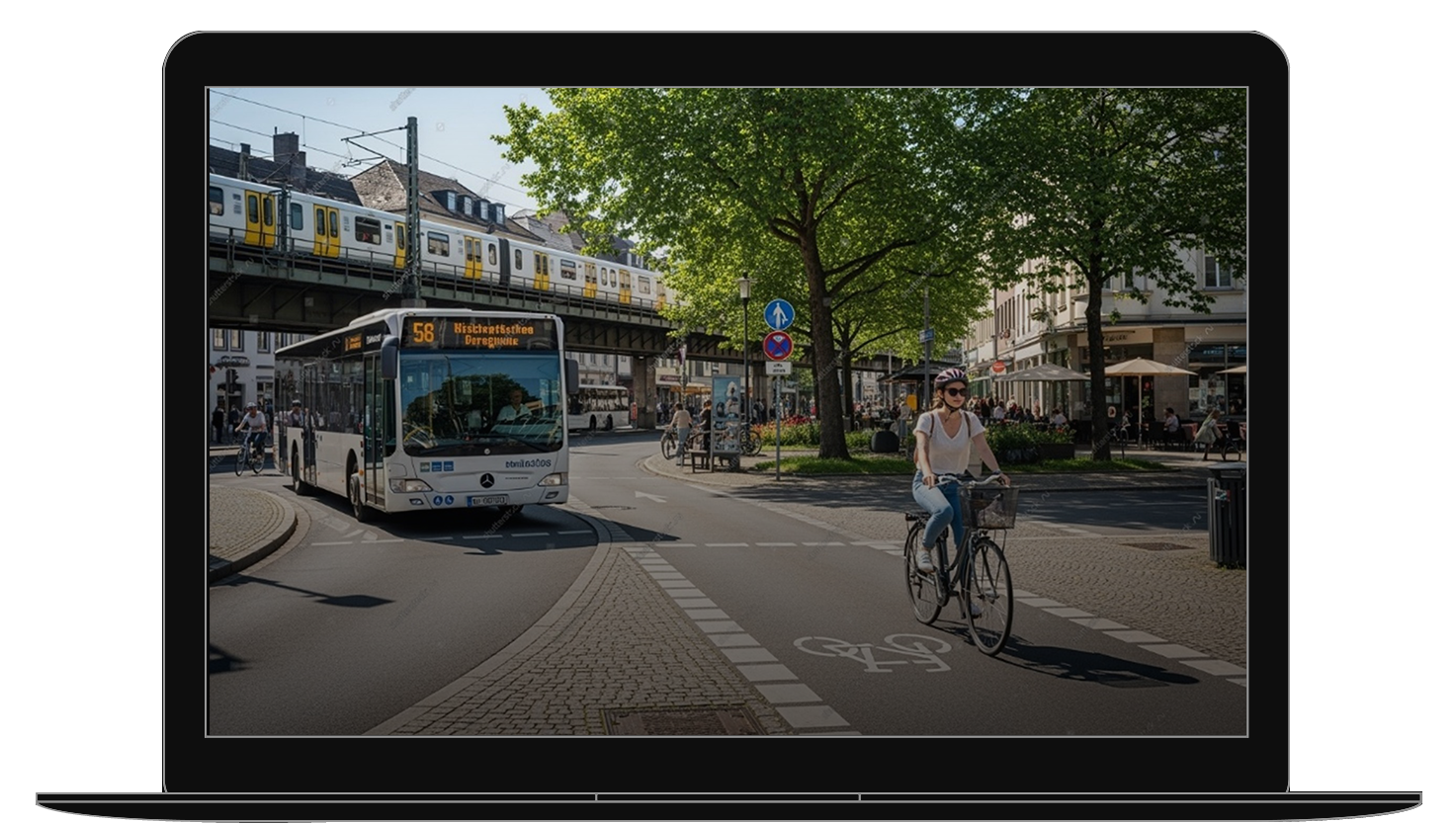

If city centres stay attractive
Copenhagen's four metro lines led and promoted the city's demographic development, which during these last thirty years have constantly grown.
The quality of life, thanks to the consolidation of the underground connections has greatly improved (passengers of the city's metro have gone from being 52 million 2010 to 126 million 2023). And people have gone back to living in a city centre with less traffic, which is also connected and liveable..
Today, Copenhagen aims at reaching the carbon neutral standard by 2050. The metro system is key to achieving this goal, as it supports medium- to long-range intermodal travel in a city where, in 2024, 23.8% of residents commuted exclusively by bicycle to work or school
of residents commuted exclusively by bicycle to work or school in 2024





